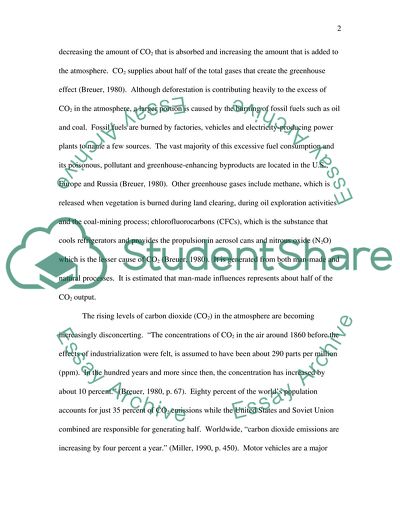Cite this document
(“Global Warming, Politics and Policies Essay Example | Topics and Well Written Essays - 2500 words”, n.d.)
Global Warming, Politics and Policies Essay Example | Topics and Well Written Essays - 2500 words. Retrieved from https://studentshare.org/environmental-studies/1548772-is-global-warming-a-genuine-threat-to-the-planet-earth
Global Warming, Politics and Policies Essay Example | Topics and Well Written Essays - 2500 words. Retrieved from https://studentshare.org/environmental-studies/1548772-is-global-warming-a-genuine-threat-to-the-planet-earth
(Global Warming, Politics and Policies Essay Example | Topics and Well Written Essays - 2500 Words)
Global Warming, Politics and Policies Essay Example | Topics and Well Written Essays - 2500 Words. https://studentshare.org/environmental-studies/1548772-is-global-warming-a-genuine-threat-to-the-planet-earth.
Global Warming, Politics and Policies Essay Example | Topics and Well Written Essays - 2500 Words. https://studentshare.org/environmental-studies/1548772-is-global-warming-a-genuine-threat-to-the-planet-earth.
“Global Warming, Politics and Policies Essay Example | Topics and Well Written Essays - 2500 Words”, n.d. https://studentshare.org/environmental-studies/1548772-is-global-warming-a-genuine-threat-to-the-planet-earth.


